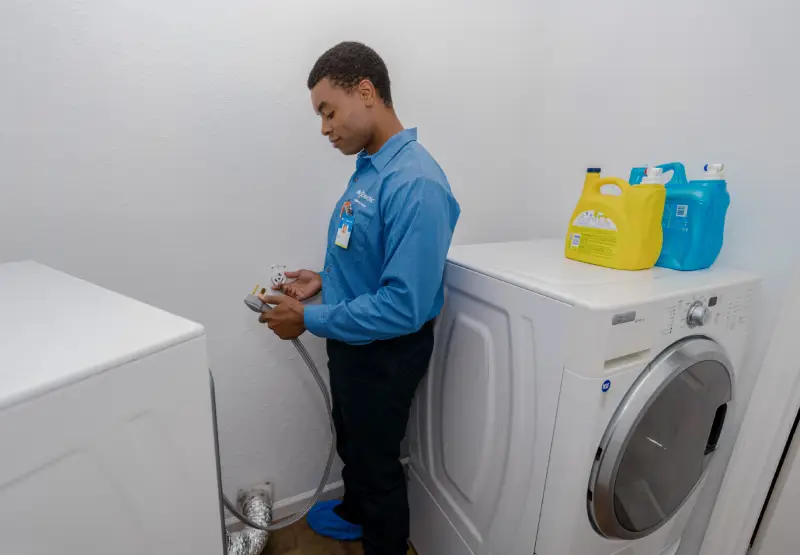
Mr. Electric explains the main types of electrical outlets for safe, efficient home power use.
|
There are 75 electrical outlets in the average home, of various sizes, shapes, and functionalities. Are the outlets gracing your walls the right ones for the job? The most common types of outlets serve specific purposes in your home. If your home is more than a few decades old, you may not know about new types of outlets that can enhance day-to-day life in your home.
What Are the Most Common Types of Electrical Outlets?
Let's take a look at different types of electrical outlets, including what they have to offer, as well as new home outlet contenders designed to make your space more user-friendly.
- Old & Outdated: 2-Prong Outlets
Common in older homes, this 15-amp, 125-volt, two-wired outlet is used for ungrounded circuits only. These are rapidly becoming obsolete due to safety issues and modern code requirements.
- Old Faithful: 3-Prong, 15 Amp, 125 Volt Outlets
One of the most easily recognized and common outlets found in homes, the three-prong outlet features two vertical slots with an upside-down U-shaped grounding hole at the bottom. The ground wire helps prevent electrical shock should any wiring comes loose.
- Marvelous Multitasker: Switch/Outlet Combos
This winning combination-outlet provides two features in a single device. Great for kid’s rooms and night-lights, it can also allow you the ability to transform a receptacle, adding an additional switch or outlet to an existing box without the need for any added wiring.
- Shockingly Safe: GFCI Outlets
Ground Fault Circuit Interrupter (GFCI) outlets are required in areas with close proximity to water, such as bathrooms, laundry rooms, kitchens, crawlspaces, basements, and outdoors. GFCI outlets prevent electrical current from leaking by monitoring flow and cutting off power to equipment if the current leaks or spikes to a hazardous level. They can be easily identified by the two small buttons in the center of the outlet – a “TEST” button, and a “RESET” button – each of which is a different color.
- Large & In-Charge: 20 Amp, 125 Volt Outlets
Used with high-current devices as specified by electrical codes, these outlets are similar in appearance to standard, 15 amp outlets. To identify a 20-amp outlet, look for a horizontal slot connected to the top left vertical slot of the outlet.
- The Hobbyist’s Friend: 20 Amp, 250 Volt Outlets
A 20-amp, 250-volt outlet features a T-shaped slot on the left, a horizontal slot on the right, and a U-shaped ground hole at the bottom. The unique configuration of these outlets is made specifically for air compressors and hobby shop equipment.
Newer Types of Electrical Outlets
In addition to the above commonly used outlet types, there is an array of enhanced outlets available on the market. Inexpensive and quickly installed, they offer functionality that many of today’s standard outlets do not.
- USB Outlets
Is the family fighting over scarce mobile-device charging outlets? USB outlets offer a functional, simple solution.
- Recessed Outlets
Add extra outlets to your home and banish large gaps between walls and furniture with recessed outlet options.
- Tamper-Resistant Receptacles
A must-have for every home, these specialized outlets are now required by code in newly built homes. They feature internal barriers to prevent children from inserting small objects into them.
- Built-in LED Night-Light Outlets
Keep tiny and fragile night-light components away from little fingers with this convenient, safe, nighttime lighting option.
Contact Mr. Electric® for Outlet Installations and Upgrades
Interested in learning more about specialty electrical outlets to better improve the function of your home? You can schedule an appointment online with your local Mr. Electric or call us today!

